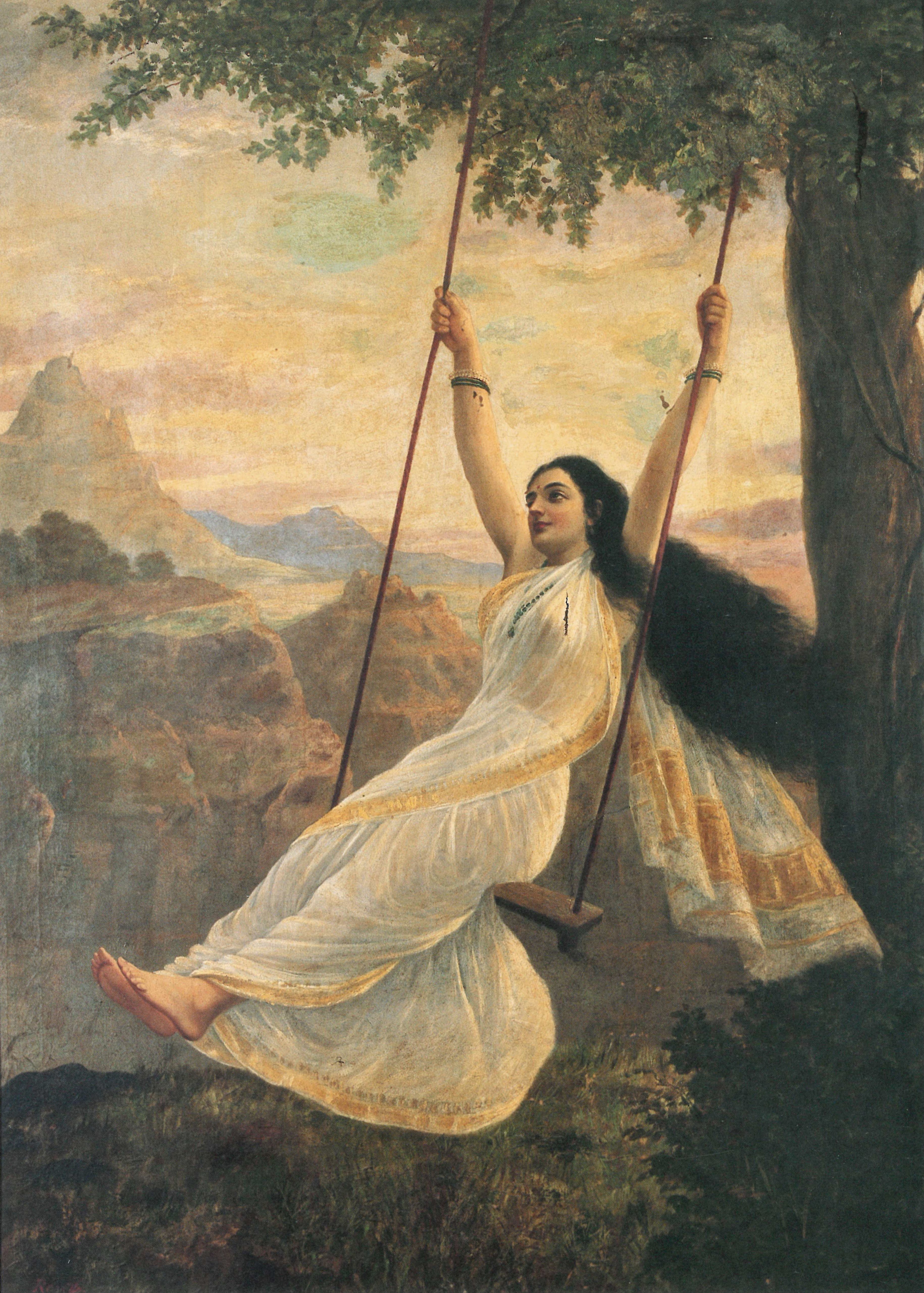Tip: Click on the article title or the associated picture (if there’s one) to visit the article.
Themes in Avatar
An example is this section on parallels with religions like Hinduism.
Mohini
 The only female avatar (form) of Lord Vishnu, Mohini is the femme fatale and the enchantress who maddened lovers, sometimes leading them to their doom. She first appears in in the Samudra Manthan (churning of the ocean) Hindu narrative. Her legend became popular has since been expanded on in several text and is celebrated in art forms like dance, sculpture, paintings, etc.
The only female avatar (form) of Lord Vishnu, Mohini is the femme fatale and the enchantress who maddened lovers, sometimes leading them to their doom. She first appears in in the Samudra Manthan (churning of the ocean) Hindu narrative. Her legend became popular has since been expanded on in several text and is celebrated in art forms like dance, sculpture, paintings, etc.What I found striking about this article is the diversity of the images it contains. The image on the right, for instance, is a painting titled “Mohini on a swing” by the iconic Raja Ravi Varma in 1894.
Pitru Paksha
Quite literally means “the fortnight of forefathers”. It’s a 16-day period when Hindus pay homage to their forefather in the form of food offerings. Hindu astrology considers this an inauspicious period and warns against performing important actions (such as starting something new) in this period.
The associated ritual is widely practised by Hindus all over the world and is symbolic of of the significance of death-related rituals in the Hindu philosophy.
As a practising Hindu, I have found this article to contain quite a few things I was not aware of.
Dhumavati
Her name literally translates as “the smoky one”. She is one of the ten mahavidya’s (great knowledge) or one of the 10 tantric goddesses – each a representation of the Hindu divine mother. Unusually so, she is often described as an old ugly widow and is associated with all thing inauspicious and unattractive in Hinduism. But her ugly form teaches one of look beyond the outer appearance and look inward to seek the inner truth.
She is believed to uniquely appear at the time of cosmic dissolution and between the time of dissolution and creation. She is also the giver of supernatural powers, rescuers from all troubles and and granter of all desires (especially salvation). She is a vital figure in Tantric worship and rituals.
I found this particular figure in sharp contrast to the beautiful graceful looking representations of almost all Hindu figures.
Chhinnamasta
This goddess is usually associated with the concept of self-sacrifice and the awakening of spiritual energy (or Kundalini). She is also symbolises self-control on sexual desire and embodies sexual energy (in case you haven’t noticed she’s standing on a couple having sex in the accompanying picture – look carefully).
Like Dhumavati, her worship is restricted to Tantric practitioners and Yogis. Her temples are rare, but usually found in Northern India and Nepal.
I hope you enjoy reading the above articles as much as I did. The unusual collection should possibly help you get there :-)
Do you know of any unusual Wikipedia article? Share them with as comments below.
Credits: All images above credit Wikimedia/ Wikipedia.
No comments:
Post a Comment